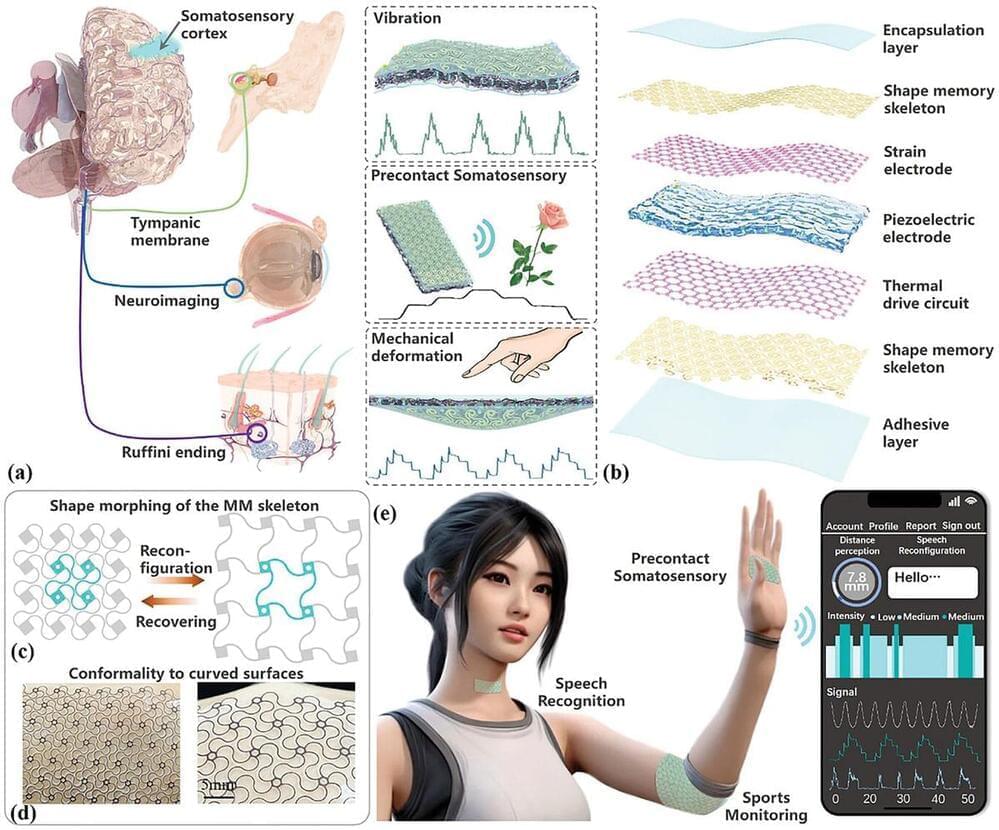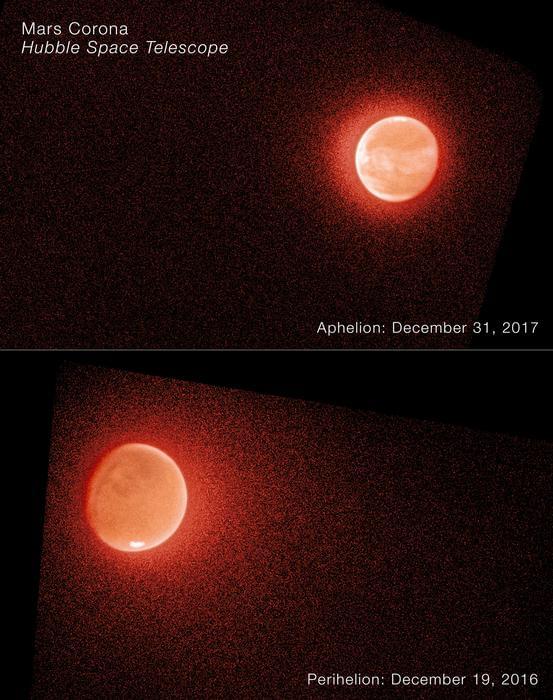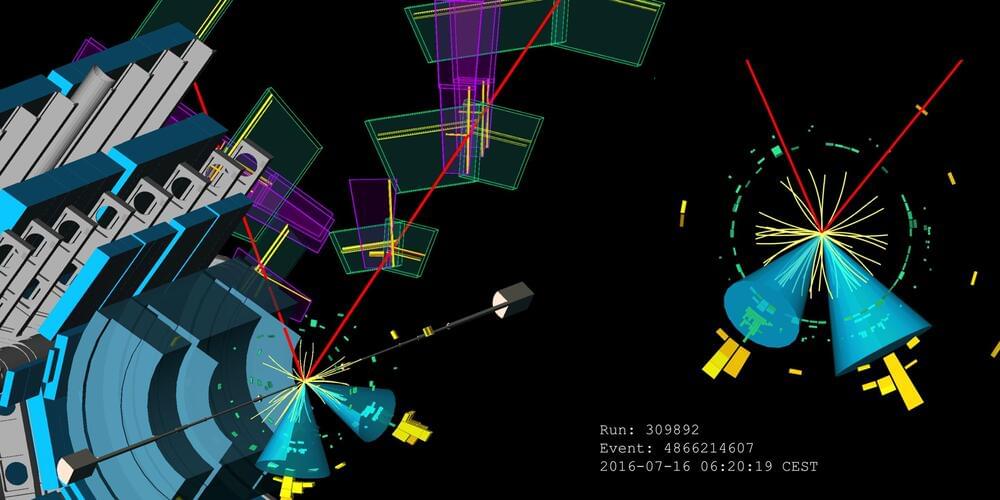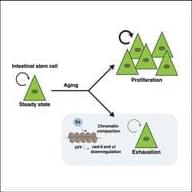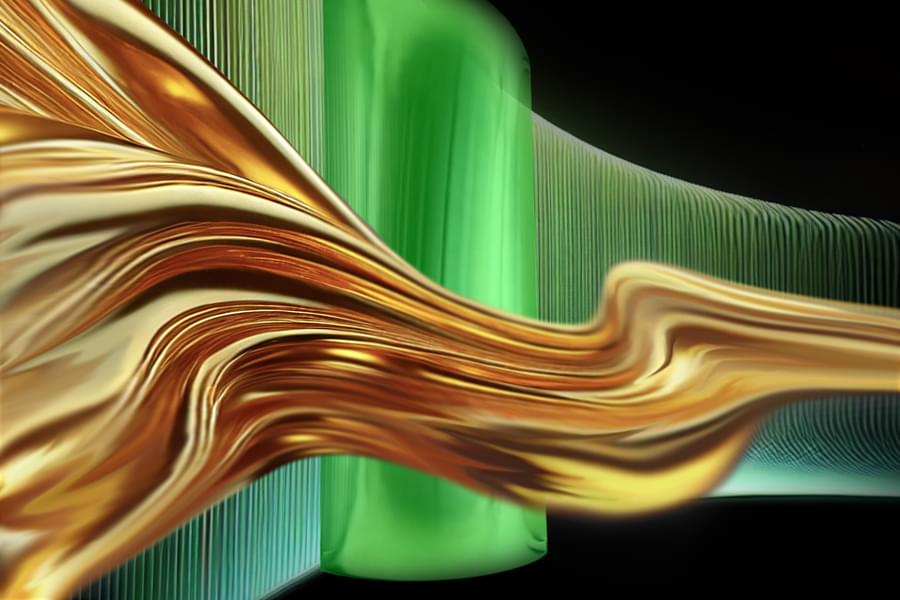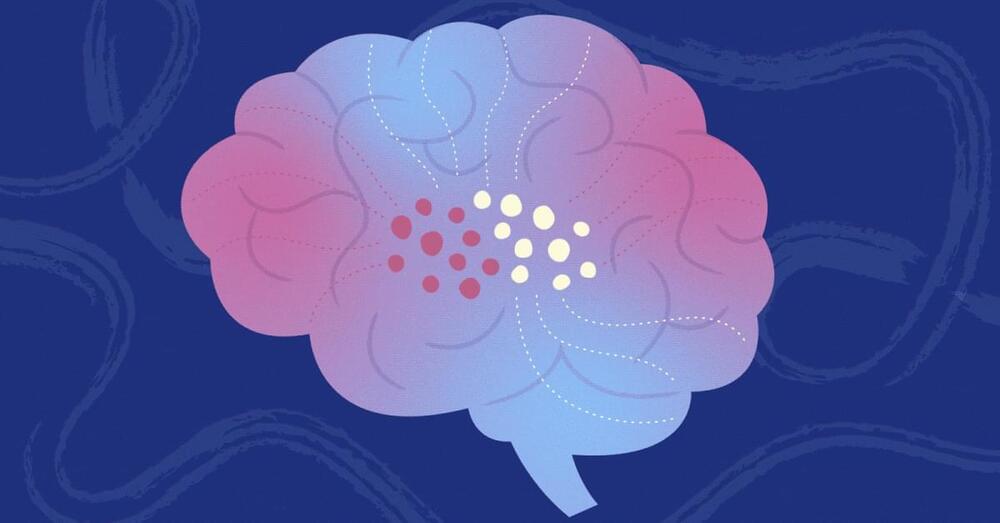The bottom of the ocean is cold, dark and under extreme pressure. It is not a place suited to the physiology of us surface dwellers: At the deepest point, the pressure of 36,200 feet of seawater is greater than the weight of an elephant on every square inch of your body. Yet Earth’s deepest places are home to life uniquely suited to these challenging conditions. Scientists have studied how the bodies of some large animals, such as anglerfish and blobfish, have adapted to withstand the pressure. But far less is known about how cells and molecules stand up to the squeezing, crushing weight of thousands of feet of seawater.
“The animals that live down in the deep sea are not ones that live in surface waters,” said Itay Budin, who studies the biochemistry of cell membranes at the University of California, San Diego. “They’re clearly biologically specialized. But we know very little, at the molecular level, about what is actually determining that specialization.”
In a recent study published in Science, researchers took the deepest look yet at how cells have adapted to life in the abyss. In 2018, Budin met Steve Haddock, a deep-sea biologist, and they combined forces to investigate whether cell membranes — specifically, the lipid molecules that membranes are made of — could help explain how animals have come to thrive in such a high-pressure environment.

